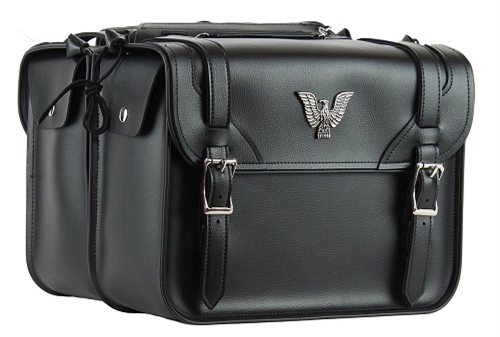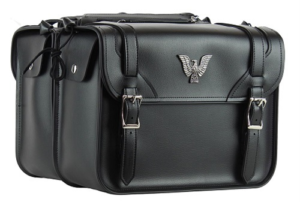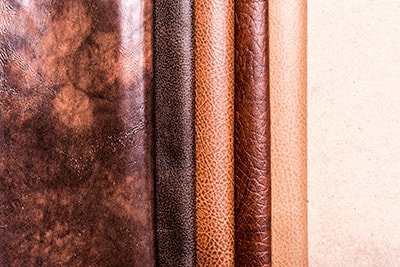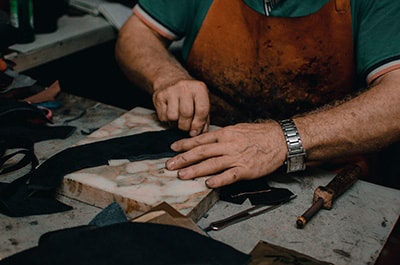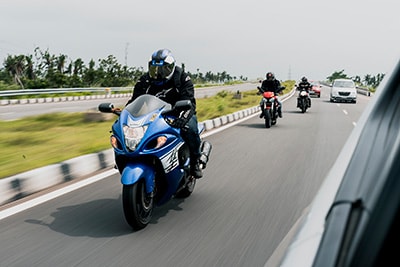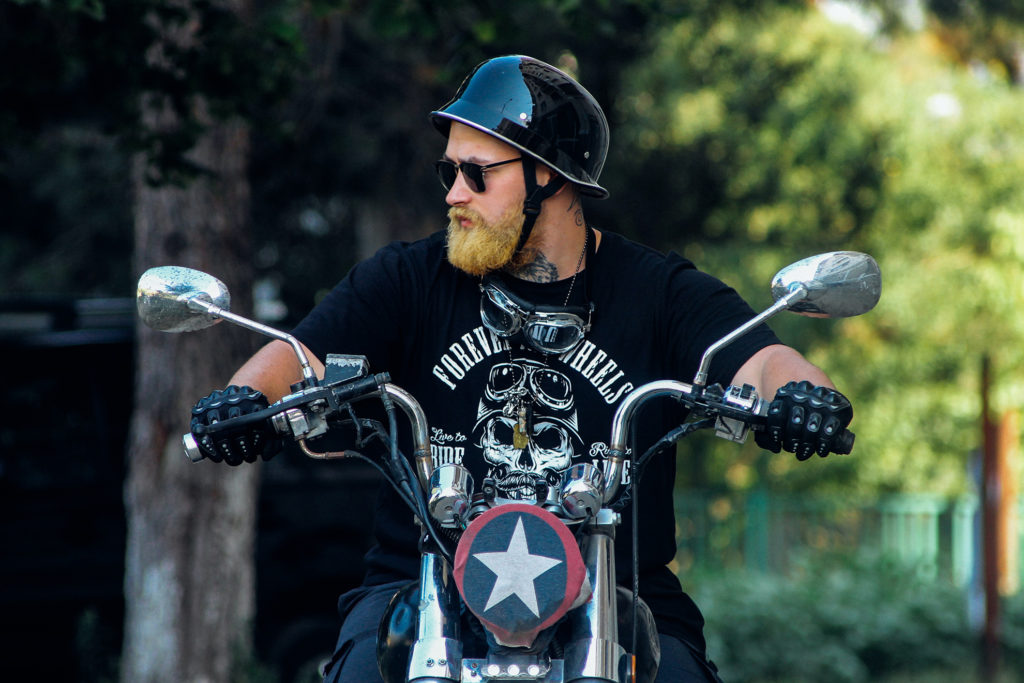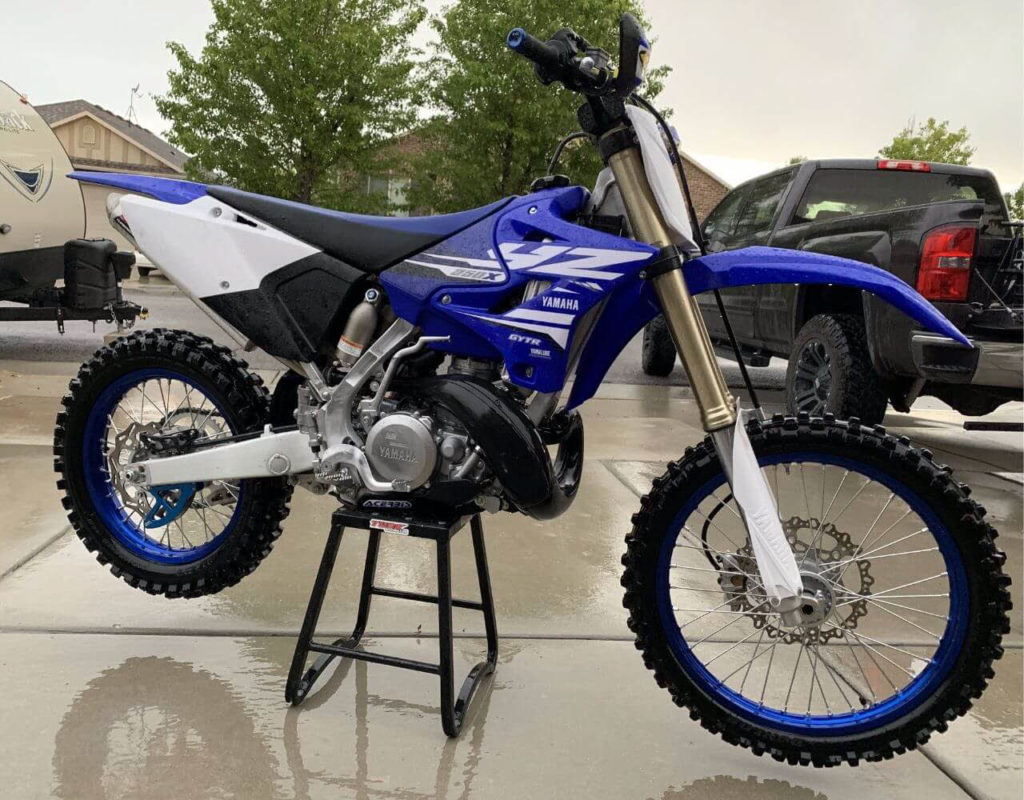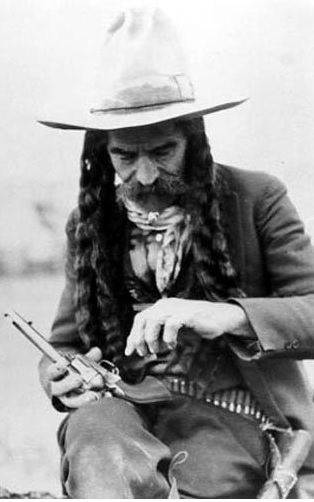What to Consider When Choosing Motorcycle Storage Options
Whether you’re simply planning an overnight trip or getting out of town for the weekend, having the right motorcycle saddlebags or storage options for your bike will make certain that you won’t go hungry, and you can bring along all of the necessities. Not only will you need to have the proper storage space for everything you want to bring along, but you’ll also have to assess how that extra weight and placement will affect your ride.
As one of the leading purveyors of motorcycle gear, Open Road Leather & Accessories has helped outfit hundreds of bikes with the right storage solutions. Here we provide some insight to help you choose the best saddlebags or luggage.
5 Things to Consider When Selecting Motorcycle Storage Bags
Before diving right into the details, there are some important considerations to make that will affect your choice of storage bags, they are:
- Your Motorcycle’s Storage Capacity
- The Type of Storage Bag Required
- Whether You Want Hard or Soft Material
- The Resistance to Weather That’s Necessary
- Your Security Needs for Stored Items
Packing the Right Gear
Another important thing to consider when it comes to motorcycle storage has to do with the type of gear you pack. One mistake many new bikers make is to overpack. Unfortunately, doing so will alter your bike’s center of gravity. That’s why after packing, it’s always a good idea to take your bike for a test drive to ensure it handles properly.
The Different Motorcycle Storage Options
Panniers & Saddlebags
Two of the most popular motorcycle storage options come in the form of panniers and saddlebags. They’re attached to the rear of your motorcycle behind the rider. There is a key difference between saddlebags and panniers: saddlebags require a strap to secure the bag to the rear of your motorcycle, whereas panniers are mounted on the frame of your motorcycle.
Hard Cases
Although some prefer soft cases to hard cases, the latter is arguably the best bet if you want to make certain that the items you’re carrying remain protected. The hard cases are waterproof, meaning they offer more resistance against the elements and they’ll also protect the contents from any impacts or bumps in the road. Because they can be easily locked and secured, hard cases will also keep your contents protected against theft. However, one downside is that they’re much heavier than soft cases and can cause more damage should the case fall.
Soft Cases
Much lighter than hard cases, soft cases are often favored by those who want to travel light and don’t keep any valuables on their bike. One advantage of soft cases is that they don’t break as easily as hard cases if you lay your bike down on the road, but you’ll likely lose the contents that are inside. Another benefit is that soft cases can be easily folded up and stored when you’re not using them. They’re also not completely waterproof, so anything you pack should be stored in additional bags to avoid water damage. Lastly, they’re easy to break in to so storing valuables in them isn’t recommended.
Tank Bags
If you want to store important items that will also be easily within reach while you’re on the road, motorcycle tank bags are ideal. They’re installed on top of your bike’s fuel tank, so investing in one that isn’t too big is important. Tank bags make the perfect place to keep your phone, maps, sunglasses, bottled water, or any other necessities while you’re on the road. Magnetic tank bags are available that can be easily removed but they can also be quite heavy due to the magnets inside them.
Backpacks
If you’re going to be camping or spending extensive time outdoors, investing in a quality backpack is a great way to keep all of your belongings. Don’t worry, you don’t have to wear the backpack while driving; they can easily be attached to your rack or sissy bar. Although it’s not the most aerodynamic option, one of the benefits of having a backpack on your motorcycle trip is that you can strap it on and leave your bike behind, taking all of your valuables with you. It’s a perfect option for those on extended road trips who frequently stop to explore natural parks or wilderness areas.
Dry Bags
Dry bags make great solo solutions for carrying items, or a storage option that can be used along with other things, like saddlebags or panniers. Not only will they keep your gear waterproof, but you can also easily throw the bag over your shoulder while you ride. They come in all different shapes and sizes, making it easy to find the perfect one for you. They’re ideal for carrying everything from tents to clothing.
Contact us for your storage and accessory needs!
Are you planning to head out on the highway for your next motorcycle trip? Well, why not hit the road prepared with all of the necessary storage options you need. Open Road Leather & Accessories carries a wide range of motorcycle bags and luggage designed to suit every type of rider. We carry everything from fanny packs and belt bags, to windshield bags and more.
In addition to all of our storage options, we also carry a wide inventory of quality leather jackets, for both men and women, as well as biker jewelry to help you catch the eye of others on the road. Open Road Leather & Accessories also has a host of boots, helmets, and other accessories.
Why Choose Open Road Leather & Accessories?
Are you wondering why you should trust our quality products? Since 2005, we’ve provided a convenient source for all the products you need to enjoy riding a motorcycle, all with a style that’s unmatched elsewhere. We carry today’s highest quality goods from the industry’s leading suppliers, so to learn more, contact us online or call (281) 492-9650.

